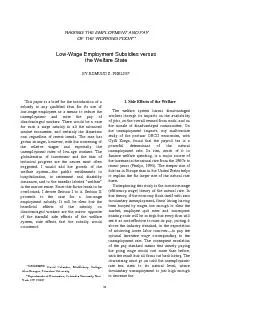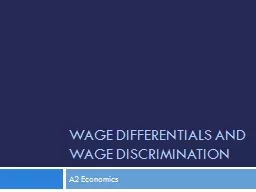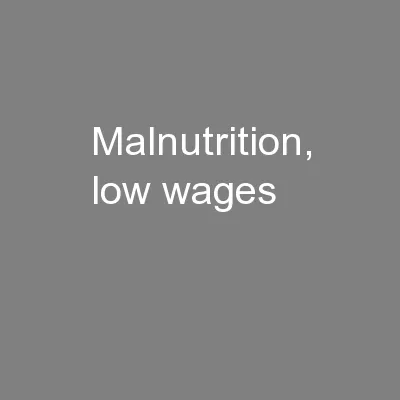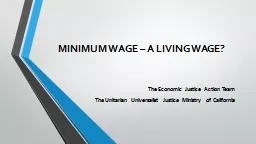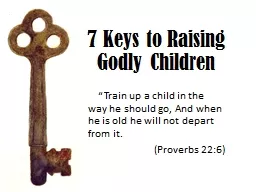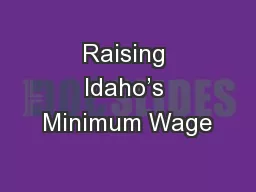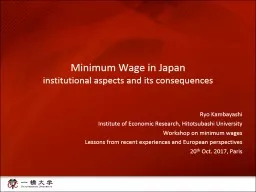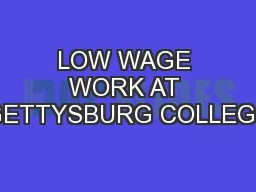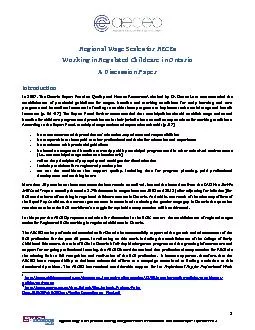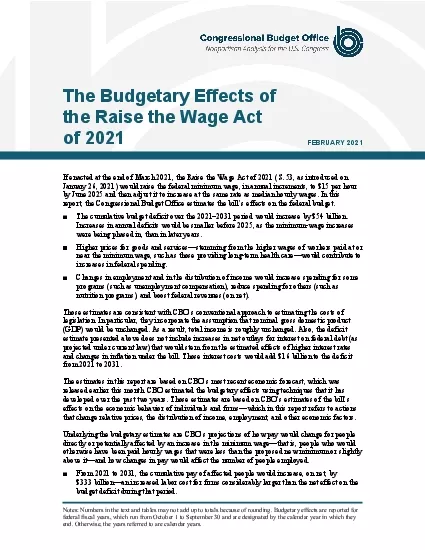PDF-RAISING THE EMPLOYMENT AND PAYOF THE WORKING POOR**Low-Wage Employment
Author : alida-meadow | Published Date : 2015-11-05
VOL 84 NO 2 RAISING THE EMPLOYMENT AND PAY OF THE WORKING POORcosteffective incentive wage to the level ofthe demand wage the wage firms can afford topay if they
Presentation Embed Code
Download Presentation
Download Presentation The PPT/PDF document "RAISING THE EMPLOYMENT AND PAYOF THE WOR..." is the property of its rightful owner. Permission is granted to download and print the materials on this website for personal, non-commercial use only, and to display it on your personal computer provided you do not modify the materials and that you retain all copyright notices contained in the materials. By downloading content from our website, you accept the terms of this agreement.
RAISING THE EMPLOYMENT AND PAYOF THE WORKING POOR**Low-Wage Employment: Transcript
Download Rules Of Document
"RAISING THE EMPLOYMENT AND PAYOF THE WORKING POOR**Low-Wage Employment"The content belongs to its owner. You may download and print it for personal use, without modification, and keep all copyright notices. By downloading, you agree to these terms.
Related Documents

